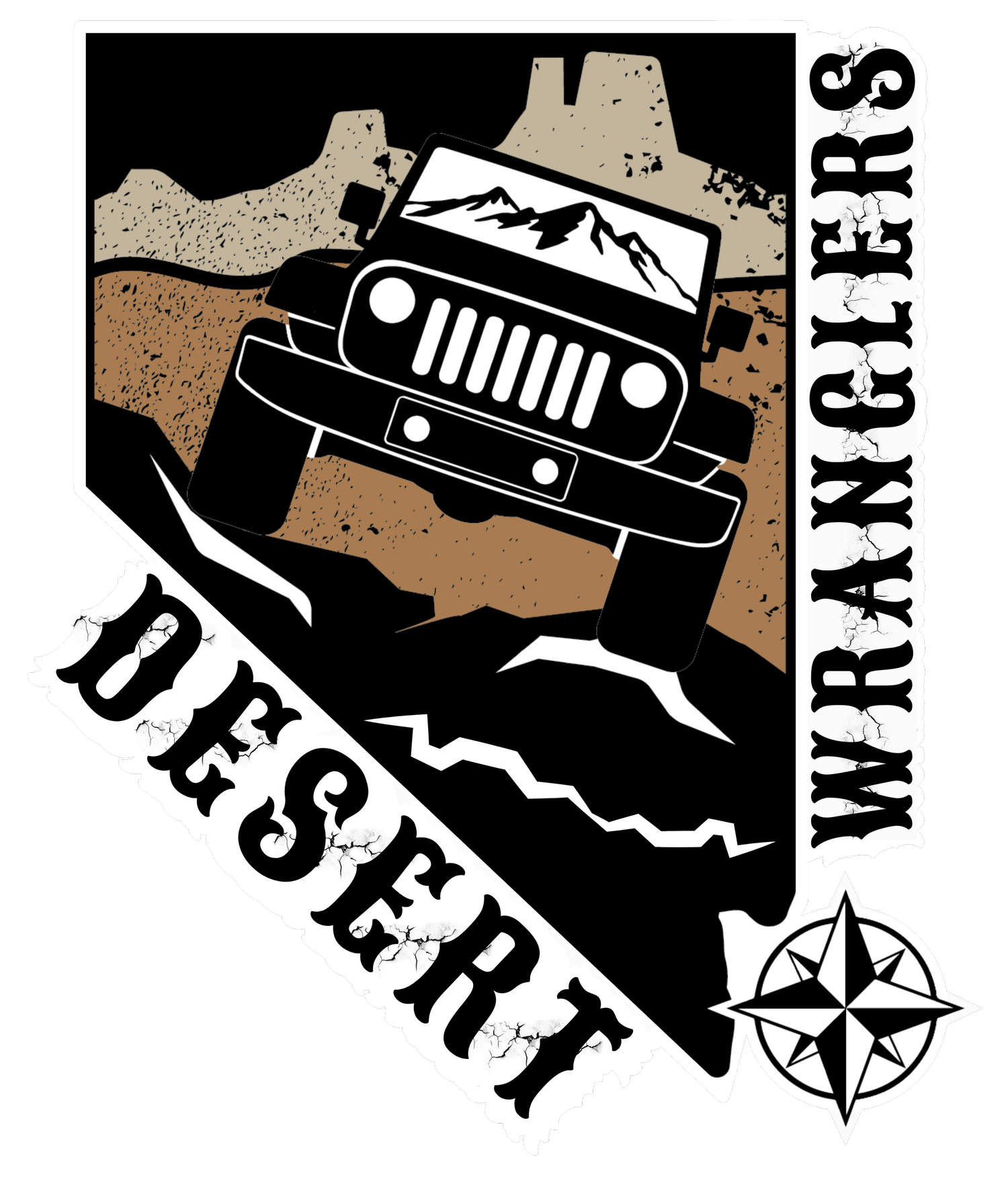Understanding Your Transfer Case
A transfer case is a part of the drivetrain of four-wheel-drive, all-wheel-drive, and other multiple powered axle vehicles. The transfer case transfers power from the transmission to the front and rear axles by drive shafts. It also synchronizes the difference between the rotation of the front and rear wheels and may have one or more sets of low range gears for off-road use.
The transfer case receives power from the transmission and sends it to both the front and rear axles, or just one (usually the rear.) This can be done with gears, hydraulics, or chain drive. On some vehicles, such as four-wheel-drive trucks or vehicles intended for off-road use, this feature is controlled by the driver. The driver can put the transfer case into either "two-wheel-drive" or "four-wheel-drive" mode. This is sometimes carried out by means of a shifter, similar to that in a manual transmission. On some vehicles, this may be electronically run by a switch instead. Some vehicles, such as all-wheel-drive sports cars, have transfer cases that are not selectable. Such a transfer case is permanently "locked" into all-wheel-drive mode.
Transfer cases that are designed to allow for normal road use synchronize the difference between the rotation of the front and rear wheels,[1] in much the same way the differential acts on a given axle. This is necessary because the front and rear tires never turn at the same speed. Different rates of tire rotation are generally due to different tire diameters (since the front and rear tires inevitably wear at different rates) and different gear ratios in the front and rear differentials since manufacturers will often have a slightly lower ratio in the front vs. the rear to help with control (such as a 3.55:1 in the rear differential and a 3.54:1 in the front differential). If the transfer case did not make up the difference between the two different rates of rotation, binding would occur, and the transfer case could become damaged. This is also why a transfer case that is not designed for on-road use will cause problems with driveline windup if driven on dry pavement.
Transfer cases designed for off-road use can mechanically lock the front and rear drive shafts when the driver selects (e.g., when one of the axles is on a slippery surface or stuck in the mud, while the other has better traction). This is the equivalent to the differential lock.
The transfer case may have one or more sets of low range gears for off-road use. Low range gears are engaged with a shifter or electronic switch. In many transfer cases, this shifter is the same as the one that selects 2WD or 4WD operation. Low range gears allow the vehicle to drive at much slower speeds while still running within the usable power band / RPM range of the engine. This also increases the torque available at the axles. Low-range gears are used for very inclement road conditions, towing a heavy load slowly, driving on rough, unimproved roads slowly, and extreme off-road maneuvers such as rock crawling. This feature is often absent on all-wheel-drive cars. Some large vehicles, such as heavy equipment or military trucks, may have more than one low-range gear.
Here is a video by Skill Lync that helps explain some differences between all-terrain and mud-terrain.
How does a transfer case work?
by: Skill Lync
Desert Wranglers is not affiliated with or is sponsored by Skill Lync. These videos are intended as information sources only.
